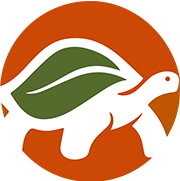Natural Habitat and Captive Care of the Texas Tortoise
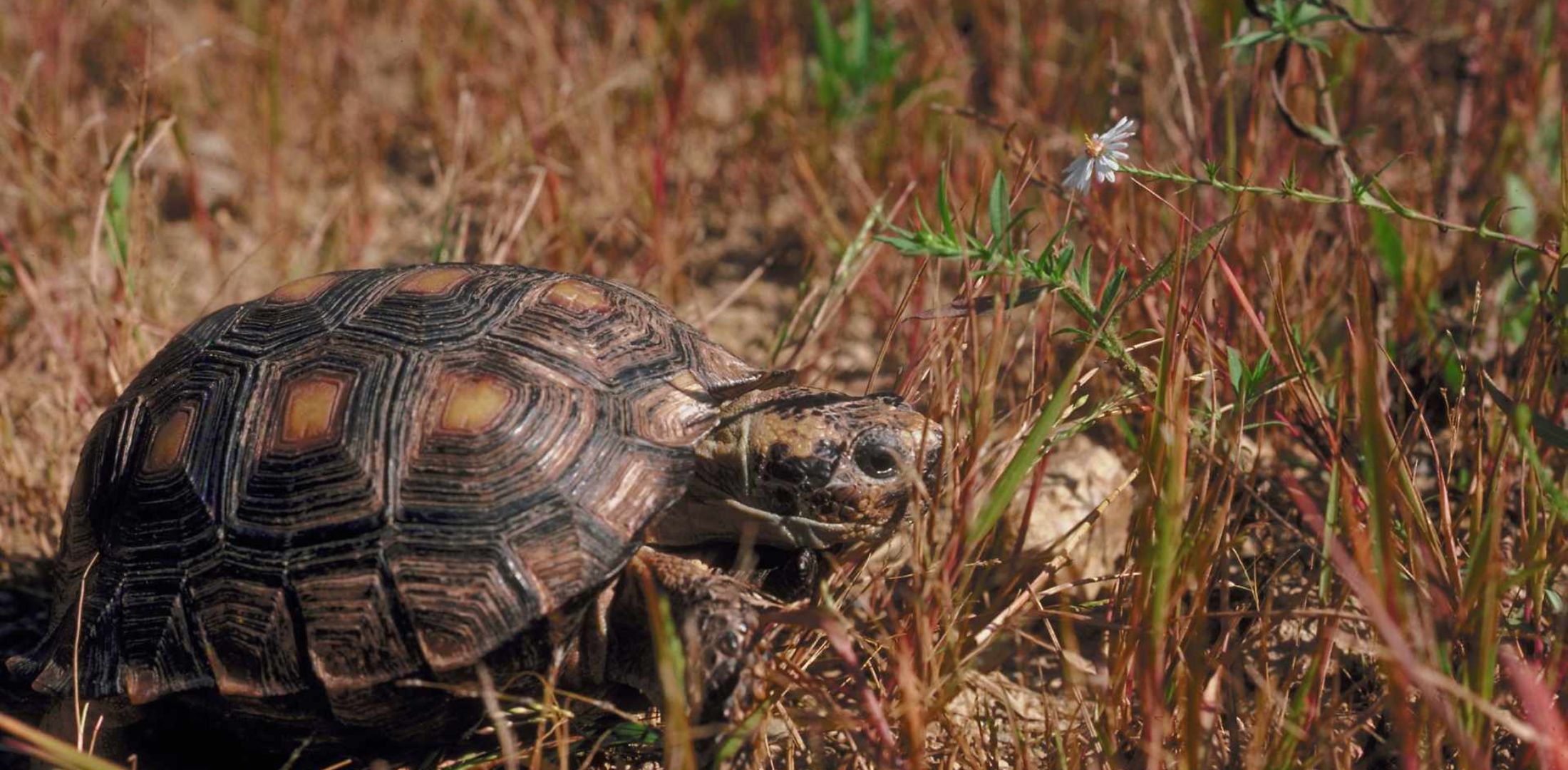
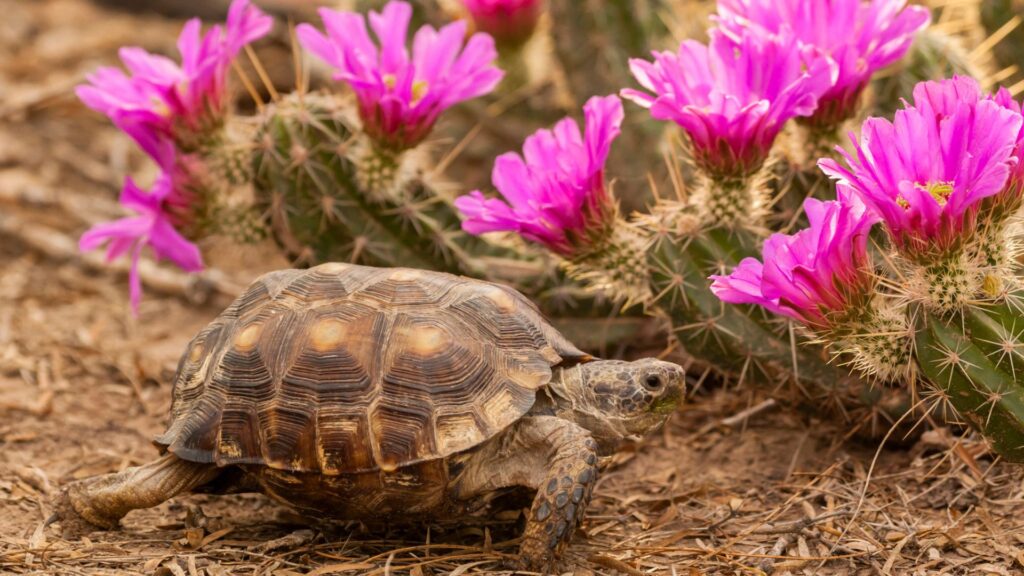
The Texas Tortoise (Gopherus berlandieri) is a unique species native to southern Texas and northern Mexico. This tortoise thrives in arid and semi-arid environments, playing a vital role in its ecosystem.
Natural Habitat
In its natural habitat, the Texas tortoise resides in areas characterized by arid to semi-arid conditions with low humidity. The vegetation includes native plants such as prickly pear cactus (Opuntia spp.), yucca (Yucca spp.), various grasses, and shrubs. The soil is typically sandy and well-drained, providing ideal conditions for burrowing. These tortoises experience warm temperatures with significant fluctuations between day and night.
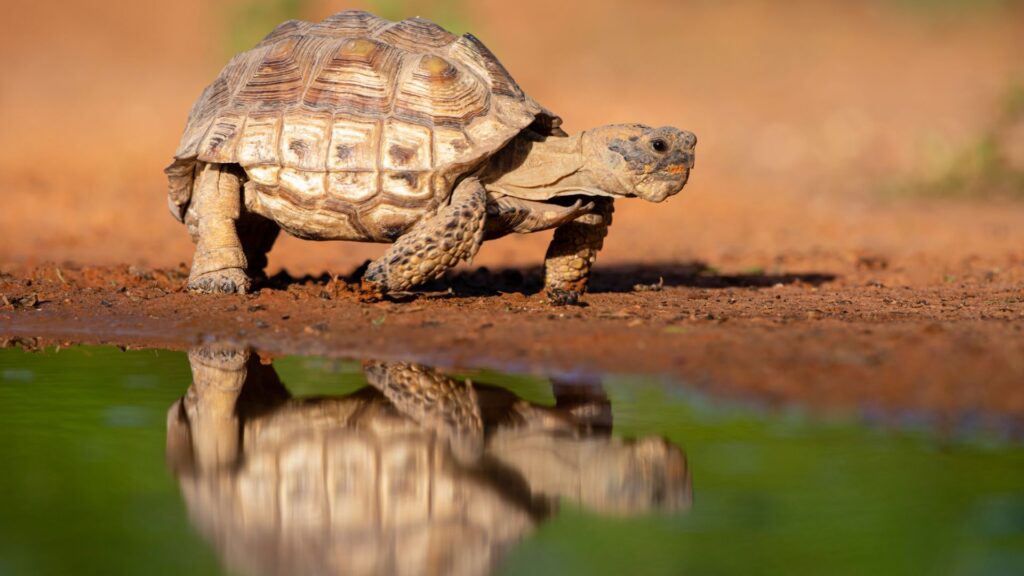
Regional Variations
In South Texas, the habitat is dominated by thornscrub and grasslands, with abundant prickly pear cactus and mesquite trees. Northern Mexico offers a similar environment, though with sparser vegetation and more sandy soil. Coastal areas in Texas feature salt-tolerant vegetation and sandy soils, creating unique conditions for the tortoises.
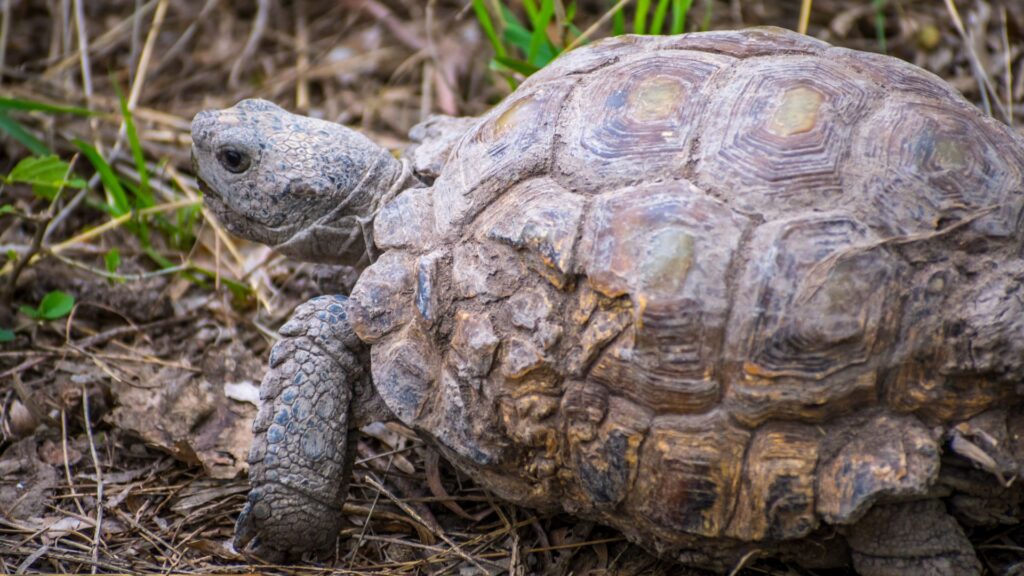
Differences in Habitat Needs
Wild vs Captive
In the Wild:
Texas tortoises in their natural environment experience natural weather patterns with significant temperature fluctuations. Their diet consists of native plants like prickly pear cactus (Opuntia engelmannii) also known as Engelmann’s Prickly Pear, yucca (Yucca constricta), and various grasses, which they forage for, providing both exercise and mental stimulation. These tortoises dig burrows in sandy, well-drained soil to protect themselves from extreme temperatures and predators, obtaining most of their hydration from the food they eat and occasional rainfall.
In Captivity:
When kept in captivity, it is crucial to maintain a controlled environment:
Temperature: Maintain a daytime range between 24°C and 29°C (75°F to 85°F), with a basking area around 35°C (95°F).
Diet: Provide native plants, leafy greens, and vegetables such as dandelion greens, collard greens, and cactus pads from Opuntia spp. Avoid high-protein foods and fruits.
Shelter: Create burrows or hides using materials like PVC pipes or pre-made shelters. Ensure the shelter is insulated for temperature regulation.
Water: Supply a shallow water dish for drinking and soaking, with clean water changed regularly.
Creating a Captive Habitat for Texas Tortoises
While keeping Texas tortoises as pets is generally not recommended and often illegal without proper permits, understanding their care requirements is essential for their well-being in captivity.
A spacious outdoor enclosure is vital, measuring at least 8 feet by 8 feet for a single tortoise. The fencing should be secure, at least 18 inches tall and buried 6-12 inches underground to prevent escapes. Sandy soil or a sand-soil mix is ideal for burrowing, while substrates that retain too much moisture should be avoided. Providing insulated burrows or hides mimics their natural environment and helps regulate temperature.
Maintaining a daytime temperature range between 24°C and 29°C (75°F to 85°F) with a basking area around 35°C (95°F) is essential. Using ceramic heat emitters or under-tank heaters can ensure consistent warmth. UVB lighting should be used to replicate natural sunlight, which is crucial for calcium metabolism and overall health. The lighting should be on for 10-12 hours a day to mimic natural daylight cycles.
A diet of native plants, leafy greens, and vegetables, such as dandelion greens, collard greens, and cactus pads from Opuntia spp., is important for their nutrition. A shallow water dish should be provided for drinking and soaking, with clean water changed regularly.
Regularly check for signs of illness, such as lethargy, weight loss, or respiratory issues. Schedule regular check-ups with a veterinarian experienced in reptile care, as early detection of health issues is crucial for effective treatment.
Tunneling Behavior
Texas tortoises are known for their burrowing behavior. They dig tunnels in sandy, well-drained soil to create a stable microclimate that protects them from extreme temperatures and predators. These burrows can be several feet long and provide a safe retreat during the hottest parts of the day and the coldest parts of the night. In captivity, it is essential to provide a substrate that allows them to exhibit this natural behavior.
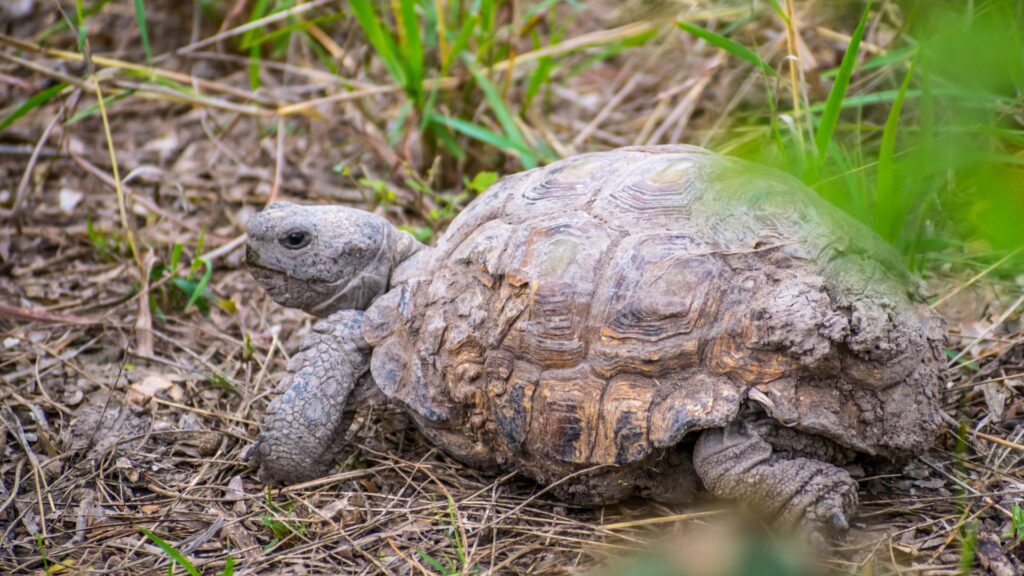
Conclusion
The Texas tortoise (Gopherus berlandieri) is a remarkable species that thrives in specific arid and semi-arid habitats. Understanding their natural environment and the challenges of keeping them in captivity highlights the importance of preserving their natural habitats and supporting conservation efforts. By providing appropriate care and understanding the legal implications, we can ensure the well-being of these remarkable tortoises.
References
Texas Parks and Wildlife Department. (Year). .
Convention on International Trade in Endangered Species (CITES). (Year). .
Research articles on Texas tortoise threats and conservation efforts.
